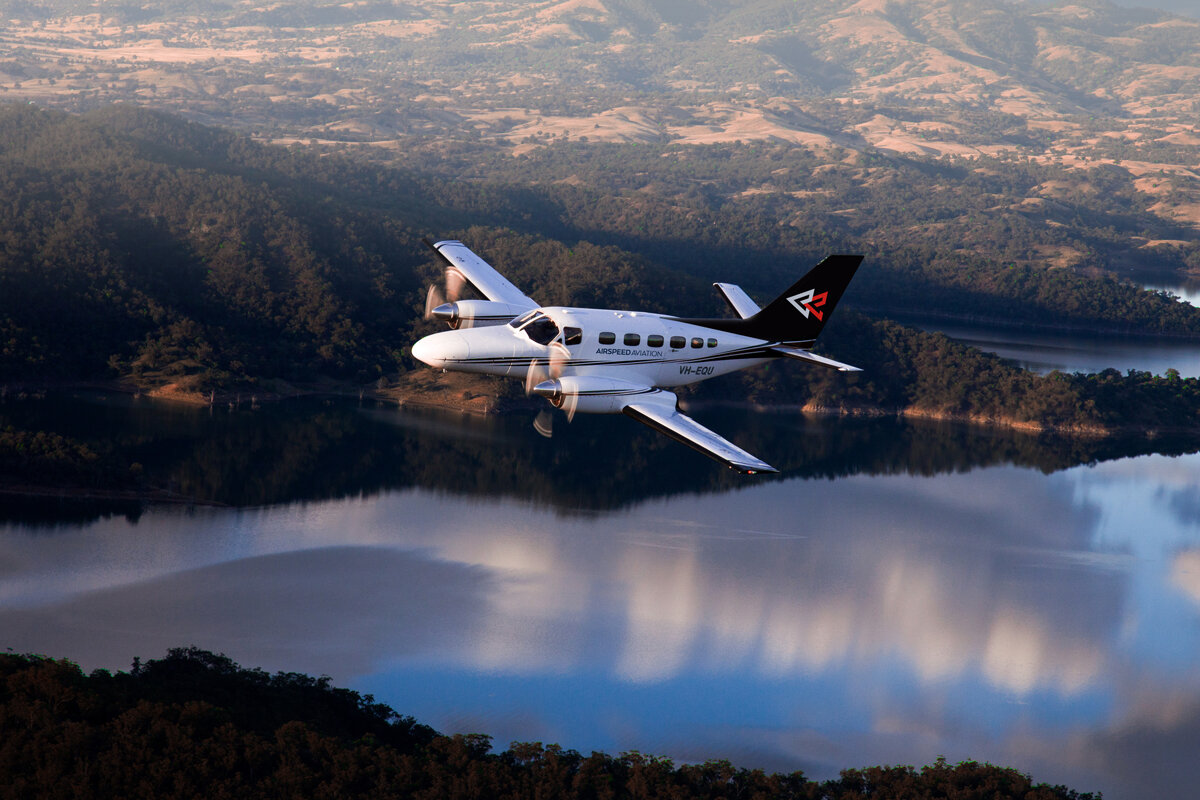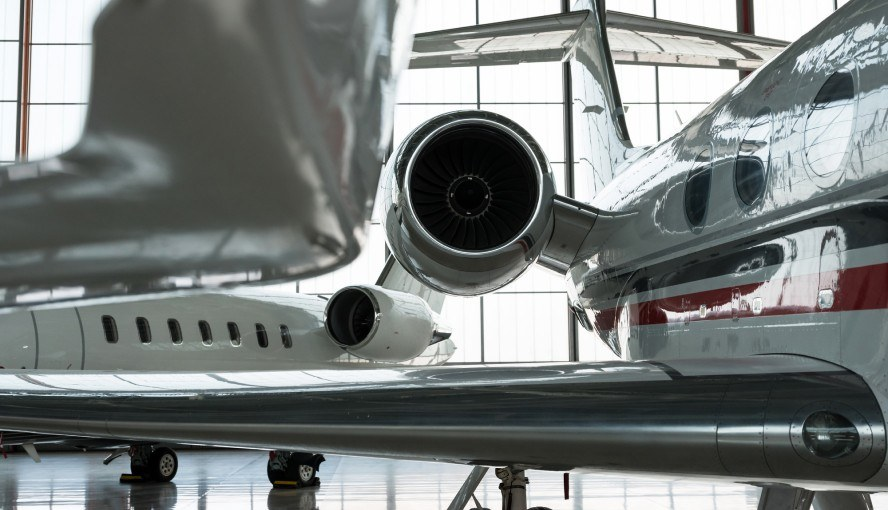What to Consider Before Buying a Private Jet in Australia?
For Australians seeking ultimate travel freedom and efficiency, private jet ownership presents a compelling opportunity. Imagine whisking away to your favorite destination at a moment's notice, bypassing commercial airline crowds and adhering to your own schedule entirely. The ability to land closer to your final destination and enjoy unparalleled comfort and privacy are undeniable advantages.
However, before embarking on this exciting journey, careful planning is essential. Purchasing a private jet is a significant investment, and numerous factors influence the decision-making process. This article will explore the key considerations to ensure a smooth and successful private jet ownership experience in Australia.
Understanding Your Needs
Frequency of Use
The first step is to honestly assess how often you plan to utilize your private jet. Do you envision weekly business trips or occasional leisure getaways? High utilization translates to needing a larger jet to accommodate your travel demands. Conversely, if private jet travel is a more infrequent luxury, a smaller and more cost-effective option might be ideal.
Keep in mind that operating costs are directly tied to frequency of use. A larger jet, while well-suited for frequent flyers, will incur higher maintenance and fuel expenses compared to a smaller aircraft used less often.
Passenger Capacity
Next, determine the typical number of passengers you'll be flying with regularly. Are you a solo traveler, or do you require a jet that comfortably accommodates your family, colleagues, or business associates?
The private jet market offers a range of categories categorized by passenger capacity. Light jets, ideal for 4-6 passengers, are perfect for short trips and weekend getaways. Midsize jets, accommodating 6-9 passengers, provide a good balance between range and capacity, making them suitable for both domestic and regional travel.
For longer international flights with larger groups, look towards heavy jets, which comfortably seat 10-18 passengers and boast impressive range capabilities.
Typical Flight Distances
The distances you intend to travel will significantly influence your jet selection. Domestic travel within Australia can be efficiently managed by many light and midsize jets. However, if you envision frequent international journeys, a long-range jet, often categorized as a heavy jet, will be necessary. These jets boast extended ranges, allowing for nonstop flights across continents.
Budgeting for Private Jet Ownership
Purchase Price
Private jets in Australia come with a significant price tag, ranging from around $3 million for entry-level light jets to upwards of $100 million for ultra-long-range business jets. This vast price disparity hinges on several factors.
- New vs. Pre-Owned: New jets naturally command a premium compared to pre-owned ones. Pre-owned jets offer a cost-effective entry point, but factor in potential maintenance needs.
- Model and Size: The capabilities and features of different jet models influence the price. Larger jets with longer range and higher passenger capacity will cost more than smaller, shorter-range models.
Operating Costs
Owning a private jet is an ongoing financial commitment. Here's a breakdown of the major operating expenses you'll face:
- Fuel: Fuel is a major expense, and costs fluctuate based on jet size, flight distance, and global fuel prices.
- Maintenance: Regular maintenance is essential for the safe operation of your jet. Maintenance costs vary depending on the jet type, age, and utilization.
- Crew: Depending on the size and complexity of your aircraft, you may need to factor in pilot and cabin crew salaries, training costs, and benefits.
- Hangar Fees: Securing a hangar to house your jet protects it from the elements and ensures its longevity. Hangar fees vary depending on location and hangar size.
- Insurance: Comprehensive aviation insurance is mandatory for private jet ownership. Premiums are determined by factors like jet type, pilot experience, and flight history.
Estimated Annual Operating Costs: Providing a definitive figure for annual operating costs is challenging due to the variables mentioned above. However, a general estimate suggests a range of $500,000 to $5 million annually, depending on jet size and usage. Light jets with lower utilization will fall towards the lower end, while heavy jets with frequent flights will approach the higher end of the spectrum.
Financing Options
Several financing options are available in Australia to help manage the upfront cost of a private jet.
- Loans: Traditional loans secured by the jet itself are a common option. Interest rates and loan terms will vary depending on your financial profile and the lender.
- Lines of Credit: A line of credit provides flexibility, allowing you to access funds for operational expenses as needed.
Aviation brokers can guide you through the financing process, negotiate favorable terms, and source the right jet for your needs. Financial advisors can assist you in developing a personalized financial strategy to support your jet ownership goals.
Australian Taxes & Legal Considerations
Import Duties & GST (Goods and Services Tax)
If you're purchasing a private jet from overseas, be prepared for potential import duties and GST. The specific amount will depend on the value of the aircraft, its country of origin, and whether it's considered new or pre-owned. It's crucial to factor in these additional costs when budgeting for your purchase. Consulting a customs broker experienced in handling aircraft imports can help ensure a smooth and efficient transaction.
Registration and Permits
Once you've acquired your private jet, it needs to be officially registered with the Civil Aviation Safety Authority (CASA), Australia's aviation regulator. CASA ensures all aircraft meet safety standards and are airworthy. The registration process involves submitting specific documentation and undergoing inspections.
For specific operations, additional permits might be necessary. For instance, if you plan on international flights, you'll need an "Air Operator's Certificate" (AOC) issued by CASA. This permit signifies your authorization to conduct commercial air transport operations.
Tax Implications
Private jet ownership in Australia has tax implications that require careful consideration. Depreciation allows you to claim deductions on the aircraft's value over time. Additionally, there might be tax benefits associated with leasing your jet to generate income.
However, tax laws are complex and can change, so consulting a qualified tax professional specializing in aviation is highly recommended. They can provide a clear picture of your tax obligations and identify any potential benefits specific to your situation.
In conclusion, owning a private jet unlocks a world of freedom and flexibility, but it's a significant investment. Before taking a flight, carefully consider your travel needs – frequency, passenger capacity, and typical distances. Factor in not just the purchase price, but also ongoing operating costs like fuel, maintenance, and crew.
For a smooth and informed journey into private jet ownership, consult with our team of specialists at
Scavi. We'll help you find the perfect aircraft to suit your needs without worrying about the complexities of private jet acquisition in Australia.










